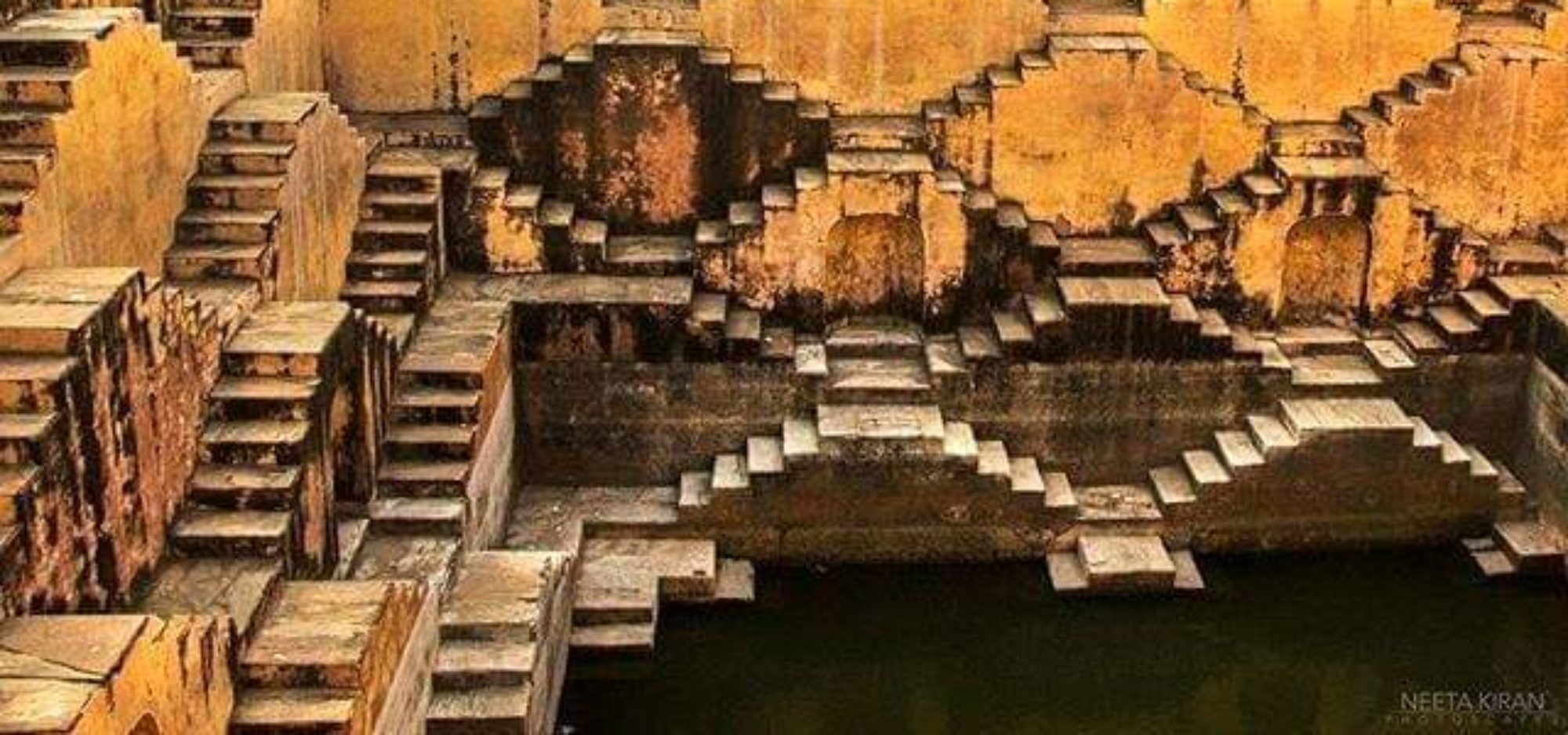Aesthetic architecture, Simple Civil Engineering, Sustainable & Eco-Friendly Construction
An Introduction to the Shilpa Vyavastha of Bharata
Before commencing this blog, I would like to express my sincere gratitude, Sashtaanga Namaskarams and Pranamas at the lotus feet of my dearest Late Shri Ravindra Sharmaji(Guruji) of Kala Ashram, Adilabad, Telengana, Bharata for inspiring my quest for Bharata and Bharathiyatha. I have had the privilege of visiting some of the most ancient temples and some houses which were 400+ years old along with him.
He had personally explained the aesthetic nature of the architecture, the simplicity of the seemingly complex civil engineering and the sustainability and eco-friendliness of the construction methods. He introduced me to Bharathiya Shilpa Vyavastha, which he said included Vaastu for living, Vaastu of temples, Vaastu for Forts, Vaastu for Palaces, Village planning, Town Planning, Port Cities and Ports Planning, Roads and Travel Infrastructure, watershed projects like Wells, Canals, Step wells, Lakes etc. and other infrastructure like grazing fields, forests, observatories and much more.
He told me that there are more than 250 Shastras written in Sanskrit alone which have been preserved as Palm Leaf Manuscripts in various parts of the Country which deal in Shilpa Shastras. And they deal with either one or many of the above topics. Some of them that he introduced to me were Manasara and Manasollasa which are a few hundred years old. He also told me that some of them have chapters on metallurgy, alloy making and metal casting also. He also introduced me to Agatsya Shilpa Shastra, which he said covers boat and ship building in detail. His estimation of about 250 palm leaf Shastras written in Sanskrit and hundreds of other manuscripts written in the local Vernacular languages puts the approximate total of the number of Shilpa Shastra Scriptures alone at around 1000+.
He explained to me that Bharathiya Kaarigar (artisans of Bharata), Shilpakars and Vastukars knew the art of making “Gare/Chuna” Mortar (Mixture of Limestone, Sand and many more things for binding in construction) before it was used anywhere else in the world. They also made a substance known as “Ashtabandham” – a cold-welding material made of eight naturally available materials. This Ashtabandam was used to fix stone structures or even metal structures. He was not only an inspiration but a great “Knower” of Bharata and Bharathiyatha. Listening to him sitting in his company, people like me would be transported a few centuries back and would get a glimpse of Bharata as it was.
Many of my writings are inspired by listening to what he said about Bharathiya Gjnana (Knowledge), Parampara (Traditions), Aachara (Practices), Samskriti (Culture) and Sabhayata (Civilisation). His great knowledge about the Samajik – Artha Vyavastha (Socio-Economic System) of Bharata was something really commendable. It was very easy for him to catch or learn any artisanal technique or skill. He himself was adept in 14 various artisanal skills or Kalas (Forms of Art) and was an inspiration for me to learn at least 5 – 6.
This series of blogs on Bharathiya Shilpa Vyavastha – Aesthetic architecture, Simple Civil Engineering, Sustainable & Eco-Friendly Construction and many more blogs to follow are like my Guru Dakshina to him. In this series I shall be covering just an introduction to the very vast subject of Bharathiya Shilpa Vyavastha.I shall be covering the introductions to various topics like Vaastu for living, Shilpa & Vaastu of Devalayas, Shilpa & Vaastu of Durga (Forts), Shilpa & Vaastu of Raja Griha (Palaces), Grama Rachana (Village Planning), Pura-Patna Rachana (Town-City Planning), Pothashraya Rachana (Port-City Planning), Nauka-Potha Rachana (Boat & Ship Building), Yatra-Patha Rachana travel infrastructure planning, Jala Smpanmoola Rachana watershed management, and other infrastructure like grazing fields, forests, observatories and much more. One needs to understand that what is shared here is just an introduction and it is just “the tip of the iceberg.” There is a lot more research and understanding to be done about Bharathiya Shilpa Vyavastha.



Leave a Reply